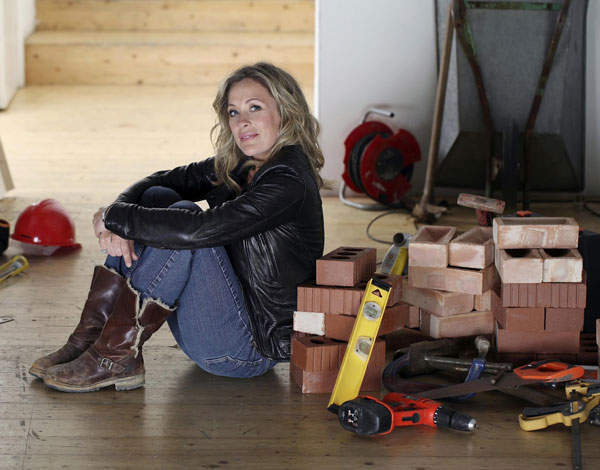

When considering making changes to a listed building, whether medieval castle or Victorian terrace, it is imperative that you are aware of what can and cannot be done, both internally and externally to the property. If you are found guilty of altering a listed building without consent or the works you carry out are outside the scope of a listed building consent, the penalties can be harsh and range from fines to prison sentences.
In recent years, there have been a number of cases where large fines have been levied against property owners who have carried out works to listed buildings without consent. Often the owners have had to remove the alterations and restore the building to its previous state at their own cost. One expensive example is an owner who demolished part of a listed building without consent and as a result was fined £200,000. In addition to this fine, his own legal costs amounted to in excess of £300,000.
To get an idea of the changes which can be done to listed buildings in your area you should contact local architects or surveyors with experience of dealing with historic properties. Council conservation officers can offer general guidance but a heritage or planning consultant would be able to assist with any applications for listed building consent or planning permissions.
In the event that you have obtained listed building consent, before carrying out the works, it is important to ensure that the works are within the scope of the consent. Often it is stipulated that traditional materials and repair techniques must be used in any works which have been given listed building consent and the use of modern substitutes is strictly not permitted.
You should also be aware that listed building consent, in addition to covering the main dwelling may also incorporate any outbuildings, fences or walls attached to the main property, or any other buildings like a garage. In each case, you should consult with your local council before any works are commenced.
Living in a historic building with period features can be a real draw, but the older a property is, the more chance it is listed and you will be restricted from making changes which affect its architectural or historic importance or interest. Even seasoned property developers have fallen foul of the restrictions on works that can be carried out to listed properties.
Rise Hall is a Grade II* listed 40,000 sq ft mansion with 97 rooms, set in 30 acres of land in East Yorkshire. The estate was bought by TV property expert Sarah Beeny and her husband in 2001 for £440,000. The property, which can be dated back to 1066, had fallen into disrepair and required extensive roofing works to make it watertight after the purchase.
Many of the alterations from the property’s use as a convent school needed to be removed for its new purpose as a family home. However, Sarah’s renovation of her dream home was not without difficulty and by the time her TV programme about the restoration of Rise Hall was aired it was named ‘Beeny’s Restoration Nightmare’.
Sarah and her husband faced extensive delays to the works due to the requirement to obtain retrospective consents from the council for the works to the listed building. There are no time limits for taking enforcement action, so in Sarah’s case she was liable for changes to the building before she owned it. The changes to Rise Hall meant that planning permission was needed for change of use from a school to a dwelling, planning permission and listed building consent was needed for new gateposts and listed building consent was needed for other changes, such as the new larder.
You may think that works carried out internally without consent will escape the notice of your council’s enforcement and conservation officers; don’t count on it. Some local councils receive weekly notices of the purchases of listed buildings and already have photographs of special features. Volunteers, enforcement officers or conservation officers may conduct regular walkabouts to check on works being carried out on listed buildings in your area.
In addition to volunteers, enforcement officers and conservation officers, inquisitive neighbours or members of a local historical society may take an interest in your property and report any building works or suspected building works to your local council. In enforcement proceedings, councils have been known to use evidence submitted by neighbours, volunteers and members of historical societies as part of the prosecution against the property owner.
It is vital that before any changes to a listed building are undertaken, you approach your local council to ascertain the changes which can or cannot be done to a listed building. Ensuring you are aware of the common pitfalls regarding alterations to a listed building can allow you to create a dreamn home as opposed to living a restoration nightmare.
Sanjvee Shah is a partner in the private client team and Colleen Galbraith is an associate in the construction and engineering team at international law firm Taylor Wessing







